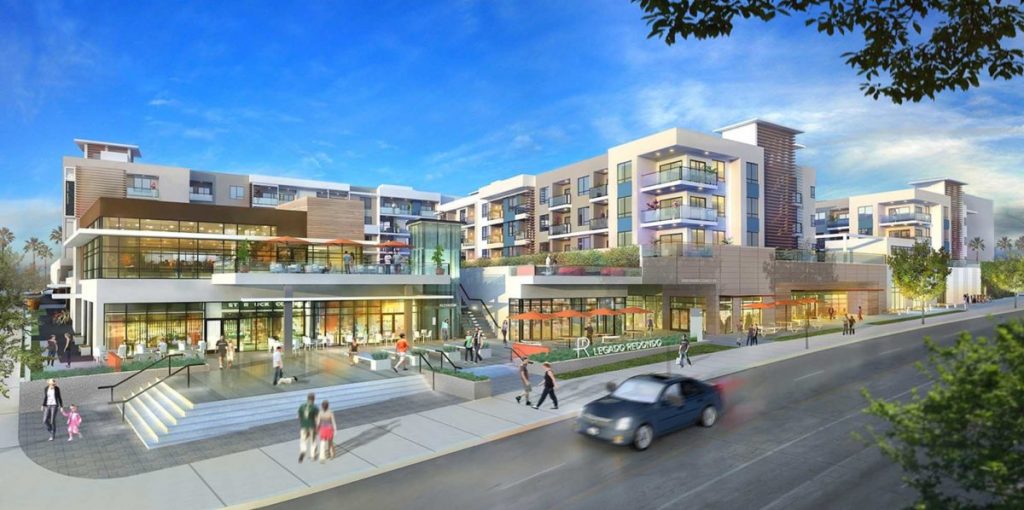Redondo Beach has an odd shape on the map for a city that has been around since 1892. A pinch point exists along the summit of Anita Street and 190th Street that creates a natural division between the north and south. By the time the zip code system was introduced in the U.S. in 1963, which formally split Redondo into two codes, the characteristics of these two distinct areas were already taking hold.
The South Bay Center (now the South Bay Galleria) opened in 1959 and Space Park followed suit two years later, cementing the North Redondo as a commercial and industrial stronghold. In 1964, State Route 1 became Pacific Coast Highway and a gateway to Hollywood Riviera and the Riviera Village. The coast has had several iterations of a pier over the past century and King Harbor was dedicated in 1966. As might be expected, the housing market in each area tended to reflect the needs of residents based on the commercial and recreational attributes of the two areas.
Perhaps by happenstance, the two sections have close to the same number of housing units with the south having a slight edge. However, the number of sales transactions in 90278 to the north, has consistently been greater over the years. In 2006, before the national financial crisis took hold, close to 1,000 homes were sold in Redondo with more than 560 being in the north. As it turns out, the same ratio applies this year as well. This may be an artifact of North Redondo having a higher percentage of owner-occupied homes and households with children.
In 2006 and again in 2011, as housing prices started to gain ground on pre-crisis levels, median home prices in the north were approximately 85 percent of the median prices in the south. However, in the six years since, the south has experienced average annual appreciation rates of just over 10 percent while the north has been holding at under 8 percent.
The South Redondo median home price for all housing types was $860,000 before the financial crisis hit in 2006 and only $715,000 five years later. This year the median price has topped $1.2 million. In the north, the median price hit $750,000 in 2006 before falling to $610,000 in 2011. This year the number is approaching $1 million.
Back in 2006, both areas had roughly the same percentage of single-family homes sell with respect to overall sales, but this has been gradually shifting since. While the south has held steady at close to half of all housing sales coming from single-family homes, the north has seen a decline as a result of an increase in townhome sales. Over 14 percent of home sales in the north this year were for new build-outs with a median price of over $1.2 million and the vast majority of them were new townhomes.
There have been far fewer new build-outs in 90277 this year, but their median price was just under $1.6 million. Nonetheless, this alone is not enough to explain the widening gap between home prices in the south compared to the north of Redondo. Turnover rates may also contribute to this as there are fewer homes as a percentage of the total on the market in the south, but with higher demand. Finally, it’s possible that an increase in the number of high-performing new restaurants and Shade Hotel in the south have had an impact on interest levels there as well.
As seen in Easy Reader


